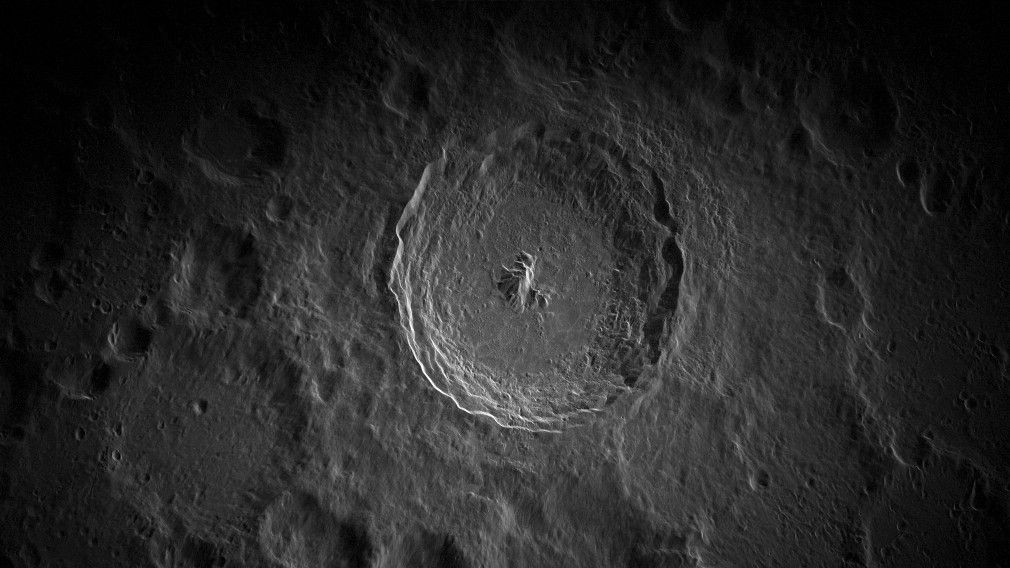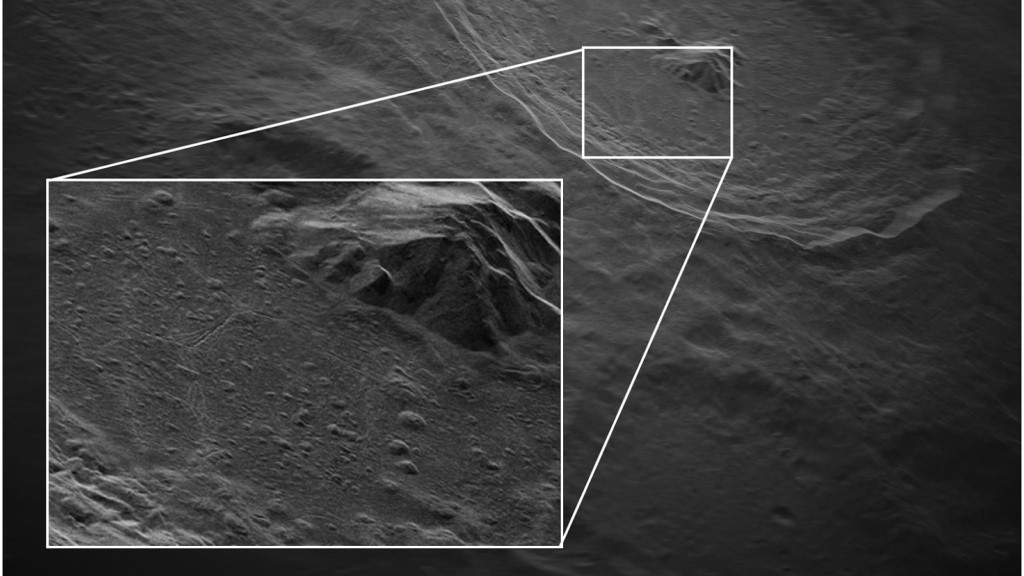These are the most detailed images of the moon ever taken on Earth
Our planetary defense radar systems are about to get much, much stronger.

We've all heard the statistic that the Apollo 11 spacecraft successfully took us to the moon with less computing power than an iPhone.
Now, a prototype radar system being tested at the National Science Foundation's Green Bank Telescope (GBT) in West Virginia just took the most detailed photo of the moon from Earth using a transmitter less powerful than a microwave oven.
"It's pretty amazing what we've been able to capture so far, using less power than a common household appliance," Patrick Taylor, radar division head for GBO and NRAO, said in a statement.
The prototype is a collaboration between the National Radio Astronomy Observatory (NRAO), Green Bank Observatory (GBO), and Raytheon Intelligence & Space (RIS). The partnership is designing a next-generation planetary radar system for the GBT that could be used to study celestial bodies in our solar system.
For the test, engineers equipped GBT with a radar transmitter using 700 watts of power. They pointed the transmitter at the moon and radar echoes were returned to the NRAO's Very Long Baseline Array (VLBA), which has 10 antennas across the United States. The result was a hyper-detailed image of the Tycho Crater with 16.4-foot (5-meter) resolution — the highest-resolution image of the moon from Earth ever taken.



The project's long-term goal is to equip the GBT with a 500-kilowatt radar, then use the VLBA and the future Next Generation Very Large Array (ngVLA) as receivers. With nearly 1,000 times the output power of the prototype transmitter, the resulting images would be even sharper.
Breaking space news, the latest updates on rocket launches, skywatching events and more!
The team tested the prototype on a space rock as well as the moon. "In our tests, we were able to zero in on an asteroid 2.1 million kilometers [1.3 million miles] away from us — more than five times the distance from the Earth to the moon," Taylor said. "The asteroid is about a kilometer [0.6 miles] in size, which is large enough to cause global devastation should there be an impact."
And radar is a vital tool for astronomers looking to precisely map an asteroid's trajectory and evaluate whether it poses a threat to Earth. "With the high-power system, we could study more objects much further away," Patrick said. "When it comes to developing strategies for possible impacts, having more warning time is everything."
Follow Stefanie Waldek on Twitter @StefanieWaldek. Follow us on Twitter @Spacedotcom and on Facebook.

Space.com contributing writer Stefanie Waldek is a self-taught space nerd and aviation geek who is passionate about all things spaceflight and astronomy. With a background in travel and design journalism, as well as a Bachelor of Arts degree from New York University, she specializes in the budding space tourism industry and Earth-based astrotourism. In her free time, you can find her watching rocket launches or looking up at the stars, wondering what is out there. Learn more about her work at www.stefaniewaldek.com.
